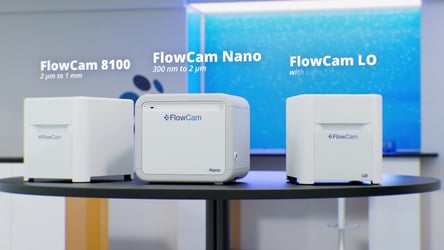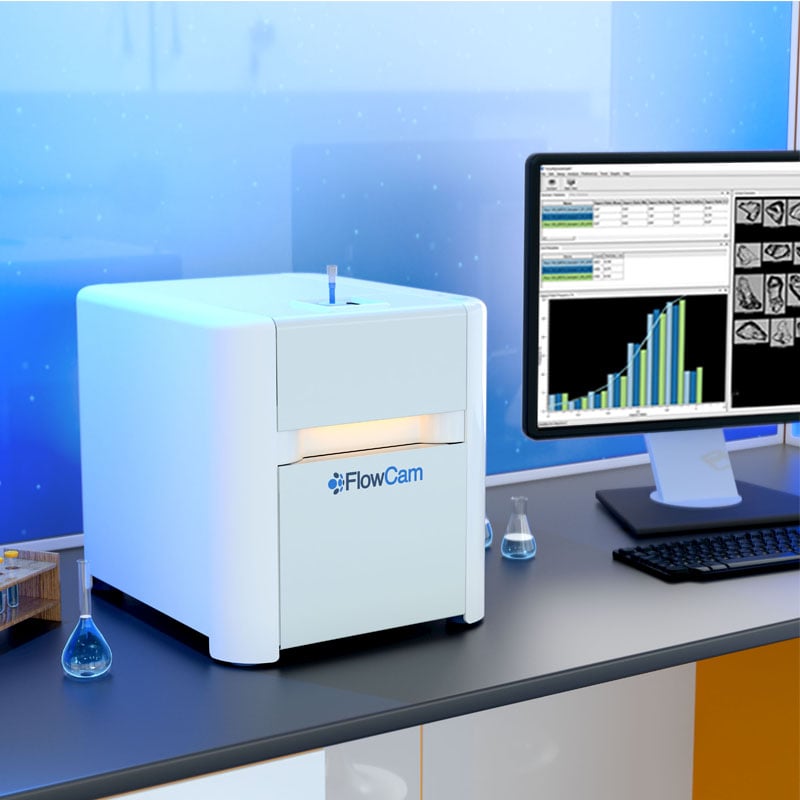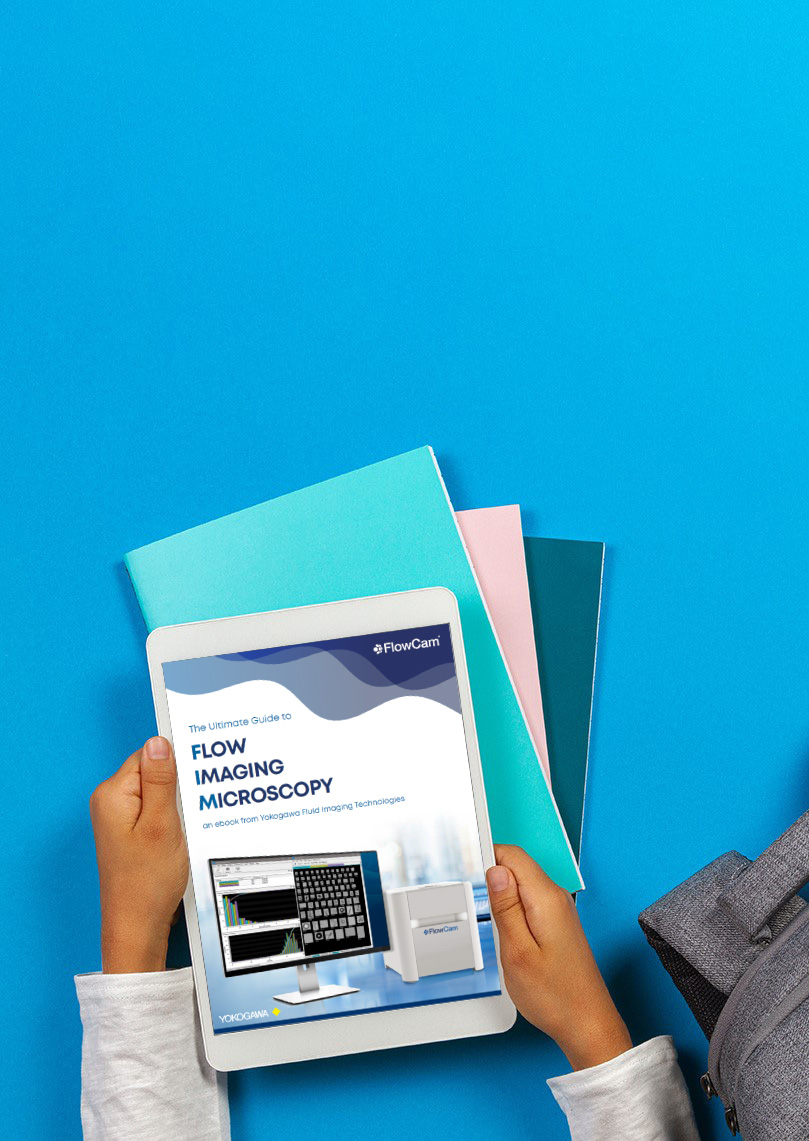
Assessing subvisible particle content is a required quality control step for biotherapeutics and other parenteral drug products. The United States …
Read Post

Strategies for monitoring particles in biopharmaceutical formulations are essential in the development and manufacturing of safe, effective drug …
Read Post

Silicone oil droplets are a common particle type found in protein-based biotherapeutics, often seen in products packaged as prefilled syringes. …
Read Post

All types of biotherapeutics, ranging from protein therapies to cell and gene therapies, contain particles. While the types of particles can vary …
Read Post
Particulates are ubiquitous in parenteral drug products and remain a concern throughout their development and production. These particles must be …
Read Post

One of the main values of using flow imaging microscopy (FIM) when analyzing pharmaceuticals is the method's sensitivity to transparent particles. …
Read Post

Optimizing FlowCam context settings and instrument parameters used during particle analysis is an important step in developing a protocol for …
Read Post

Effective strategies for monitoring particles in biotherapeutics are critical to meet regulatory requirements like USP <788> and mitigate the …
Read Post

Agitation during transportation is one of the most ubiquitous stress conditions to which therapeutic protein formulations and other biotherapeutic …
Read Post

A central challenge with particle analysis in biotherapeutics is the wide size range of particles that may be present. Particles in these samples can …
Read Post

Monitoring particles in biotherapeutics during manufacturing is critical to ensure product quality and to meet regulatory requirements on particle …
Read Post
In order to gain the most comprehensive understanding of particles in their samples, researchers often employ several instruments as part of their …
Read Post







